NASA Astronomy Picture of the Day 18 May 2023: Breathtaking WR134 Ring Nebula
Today’s NASA Astronomy Picture of the Day is a breathtaking snapshot of the WR134 Ring Nebula located about 6000 light-years from Earth.
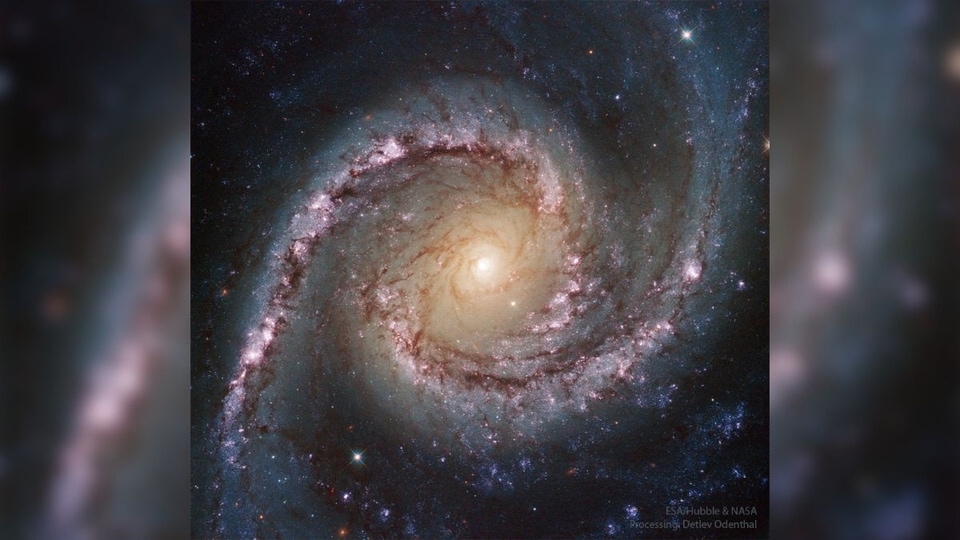
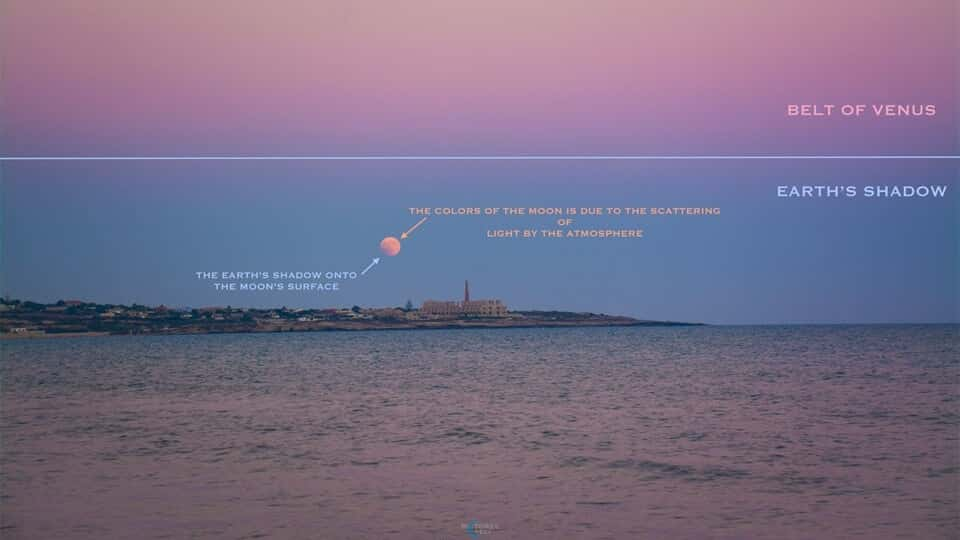
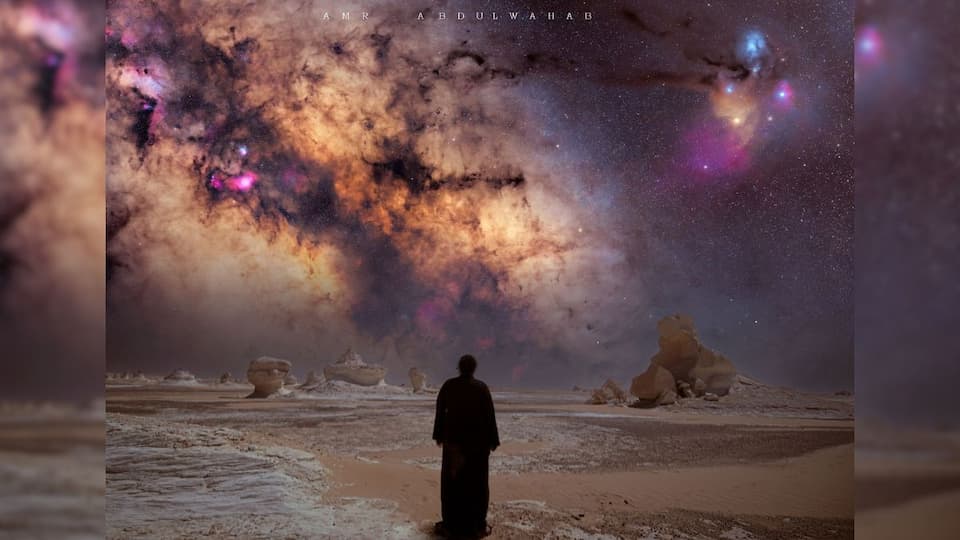
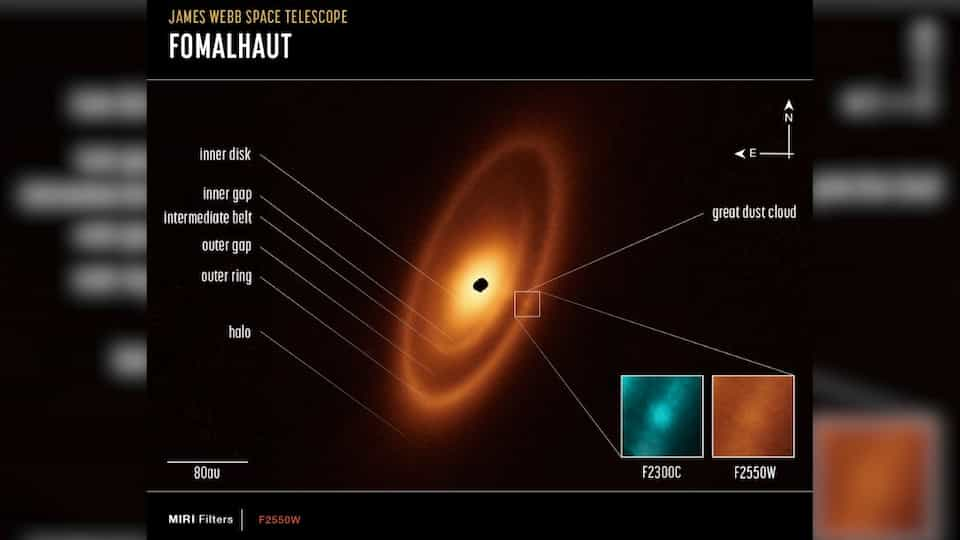
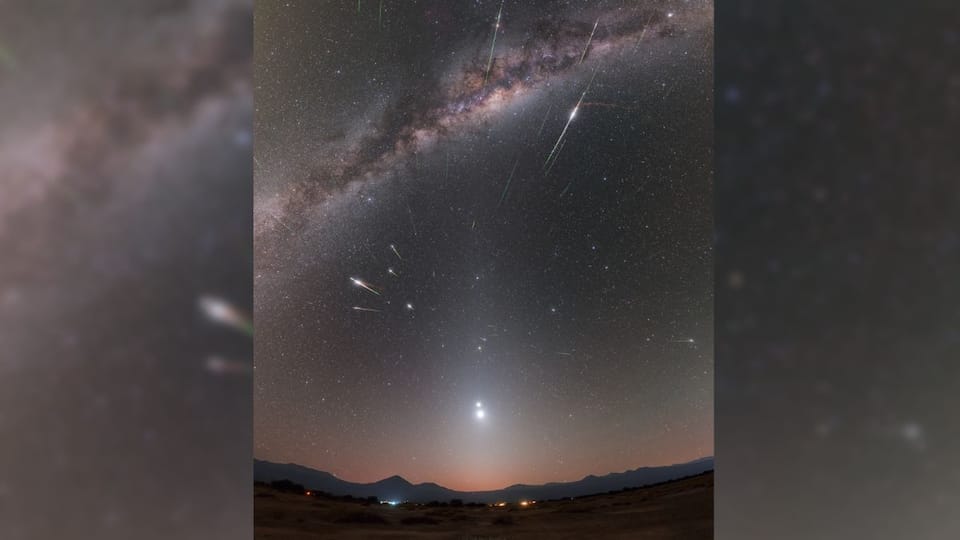
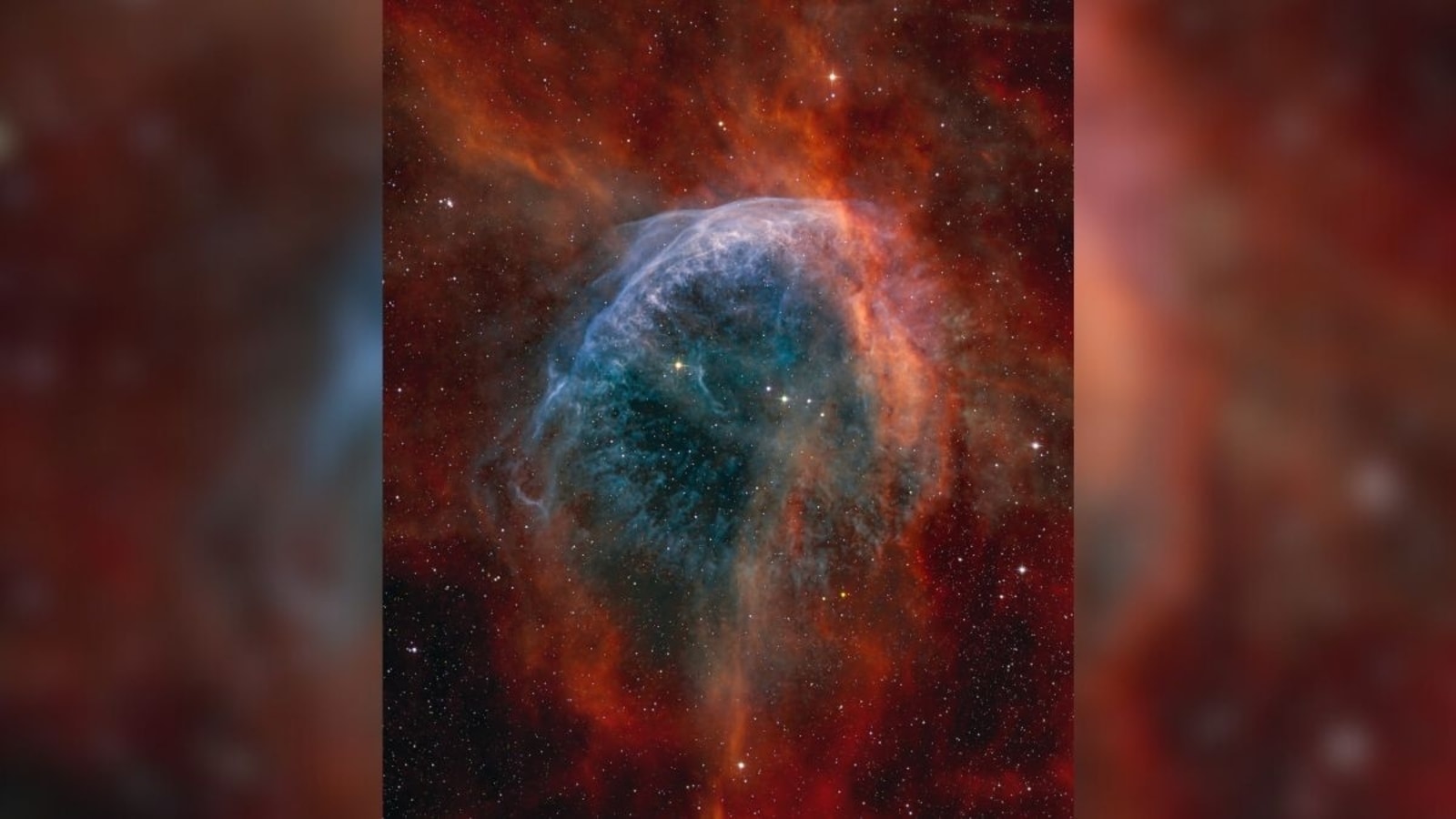
 View all Images
View all ImagesWe have seen several stunning images of celestial objects in the last few days as part of NASA's Astronomy Picture of the Day, which the space agency publishes on a daily basis. Some of these celestial objects include Nebulae, which are giant clouds of dust and gas in space. Some nebulae originate from the gas and dust thrown out by the explosion of a dying star while other nebulae are star-forming regions. Although most of the Nebulae are located millions of light-years away, NASA is able to capture them with the help of its Spitzer Space Telescope, Hubble Space Telescope, and the new James Webb Space Telescope.
Today's NASA Astronomy Picture of the Day is a breathtaking snapshot of the WR134 Ring Nebula, located about 6000 light-years from Earth towards the constellation Cygnus. At the center of the Nebula is the Wolf Rayet star WR 134 named after French astronomers Charles Wolf and Georges Rayet. According to NASA, these stars are particularly intriguing because they are about 100 times as massive as our Sun, a million times more luminous, and with 30 times the surface temperature.
The picture was captured by astrophotographer Craig Stocks.
NASA's description of the picture
Made with narrowband filters, this cosmic snapshot covers a field of view about the size of the full Moon within the boundaries of the constellation Cygnus. It highlights the bright edge of a ring-like nebula traced by the glow of ionized sulfur, hydrogen, and oxygen gas. Embedded in the region's interstellar clouds of gas and dust, the complex, glowing arcs are sections of bubbles or shells of material swept up by the wind from Wolf-Rayet star WR 134, brightest star near the center of the frame.
Distance estimates put WR 134 about 6,000 light-years away, making the frame over 50 light-years across. Shedding their outer envelopes in powerful stellar winds, massive Wolf-Rayet stars have burned through their nuclear fuel at a prodigious rate and end this final phase of massive star evolution in a spectacular supernova explosion. The stellar winds and final supernovae enrich the interstellar material with heavy elements to be incorporated in future generations of stars.
Catch all the Latest Tech News, Mobile News, Laptop News, Gaming news, Wearables News , How To News, also keep up with us on Whatsapp channel,Twitter, Facebook, Google News, and Instagram. For our latest videos, subscribe to our YouTube channel.





























